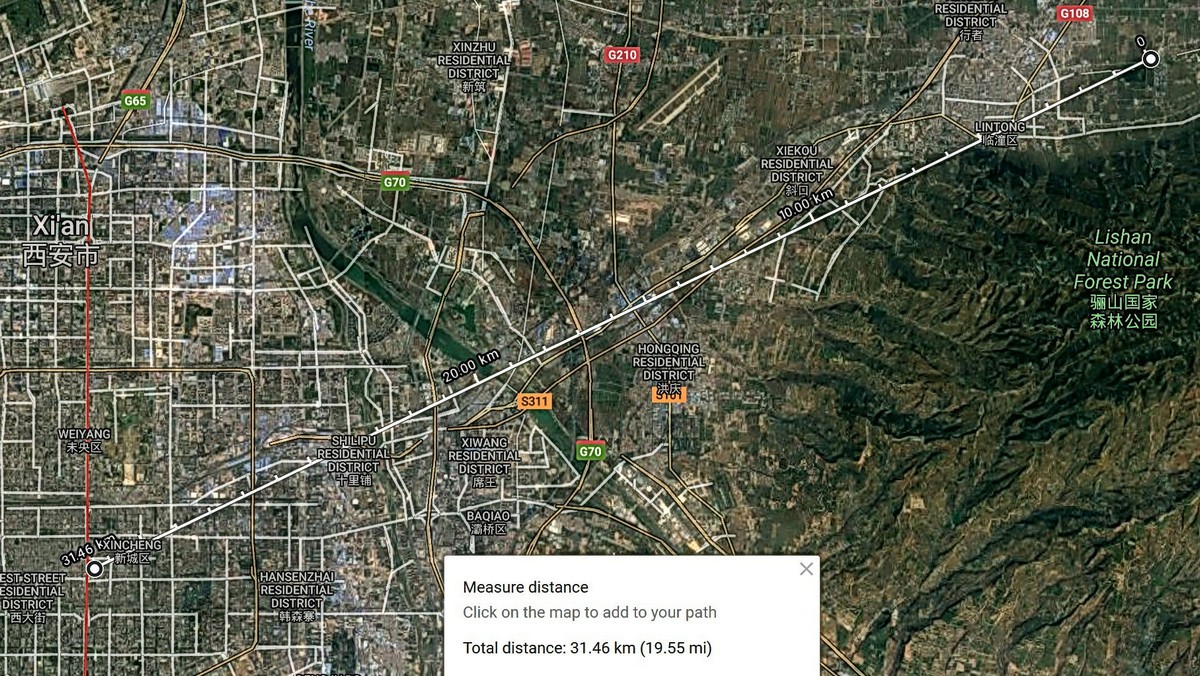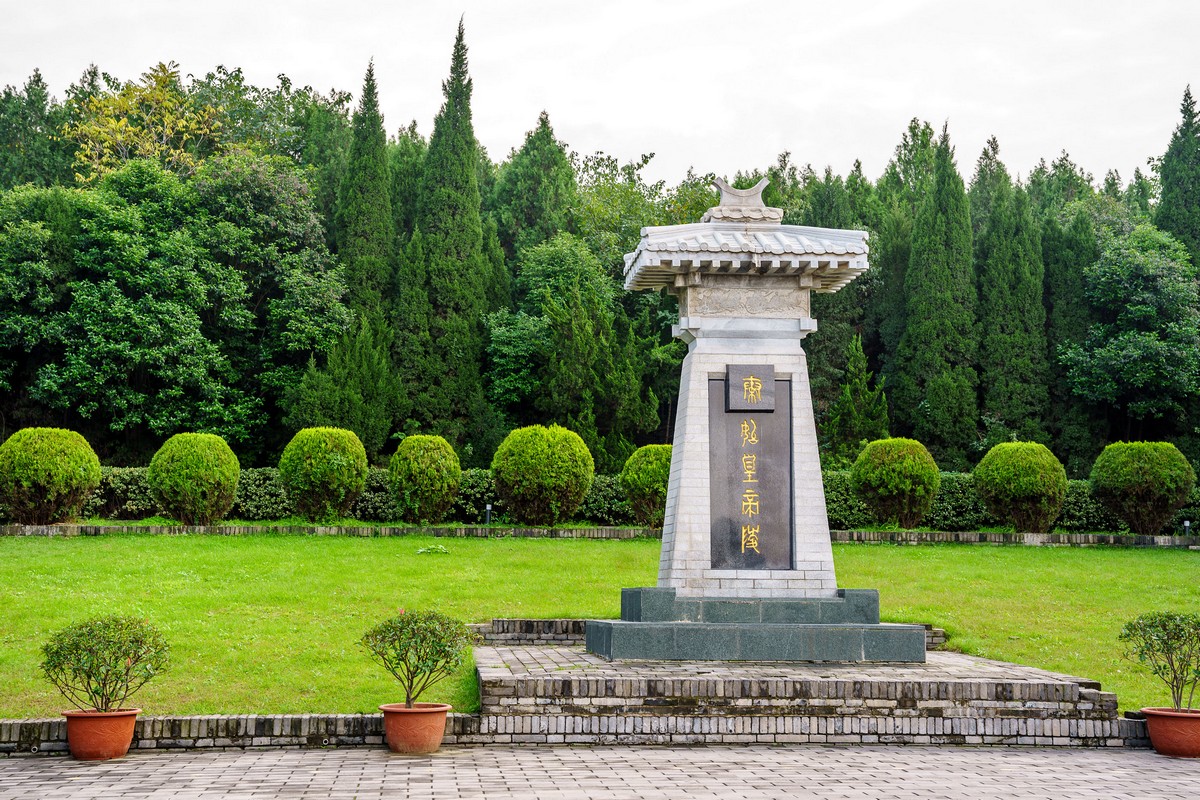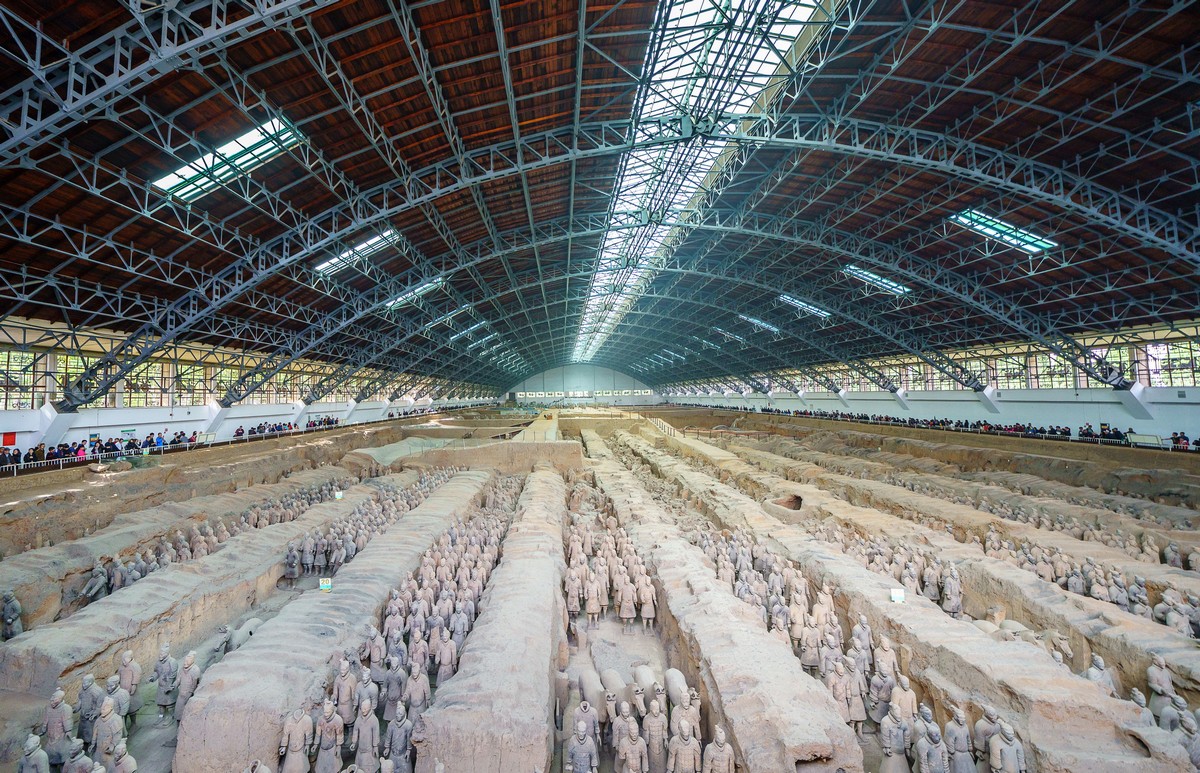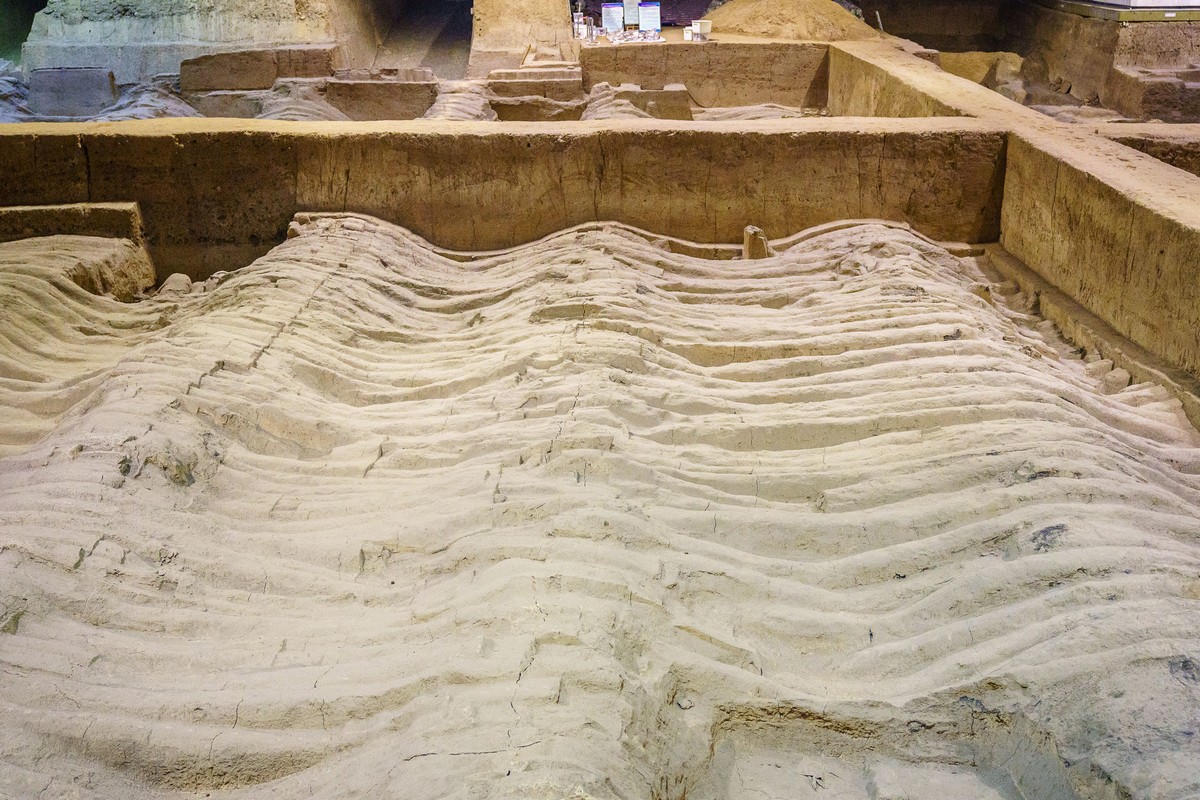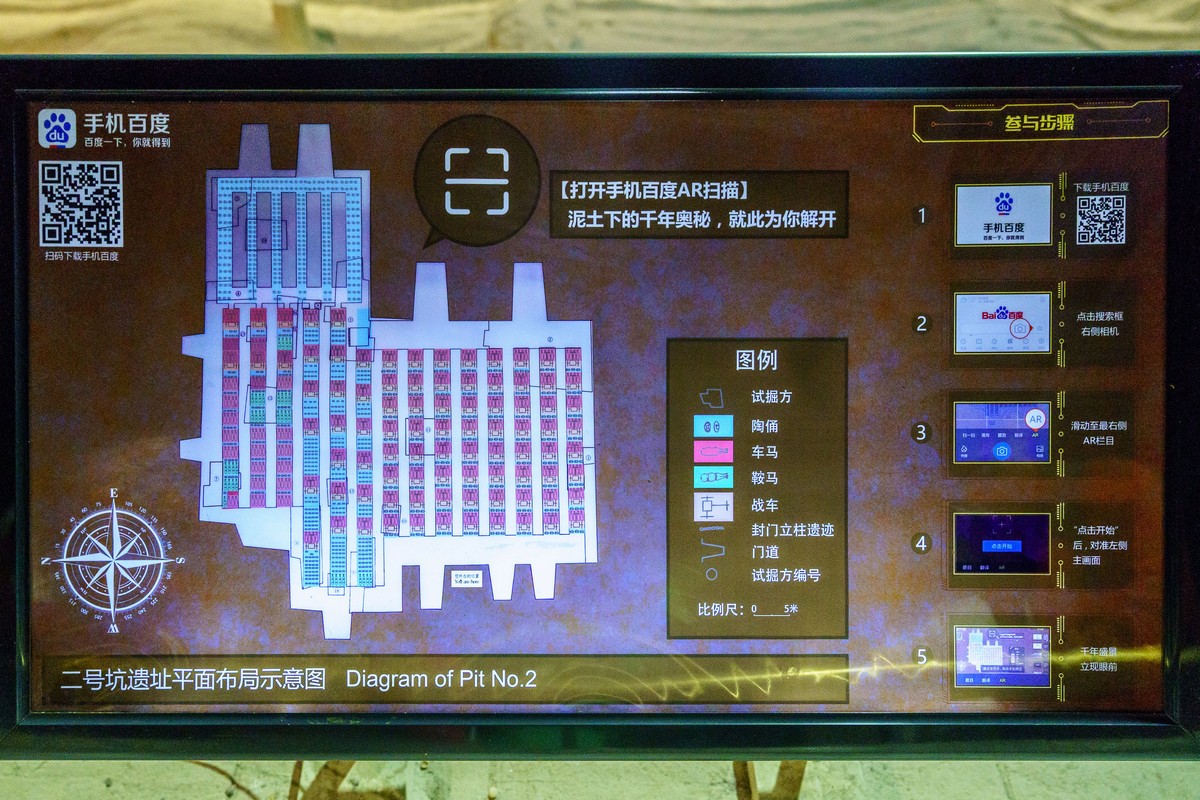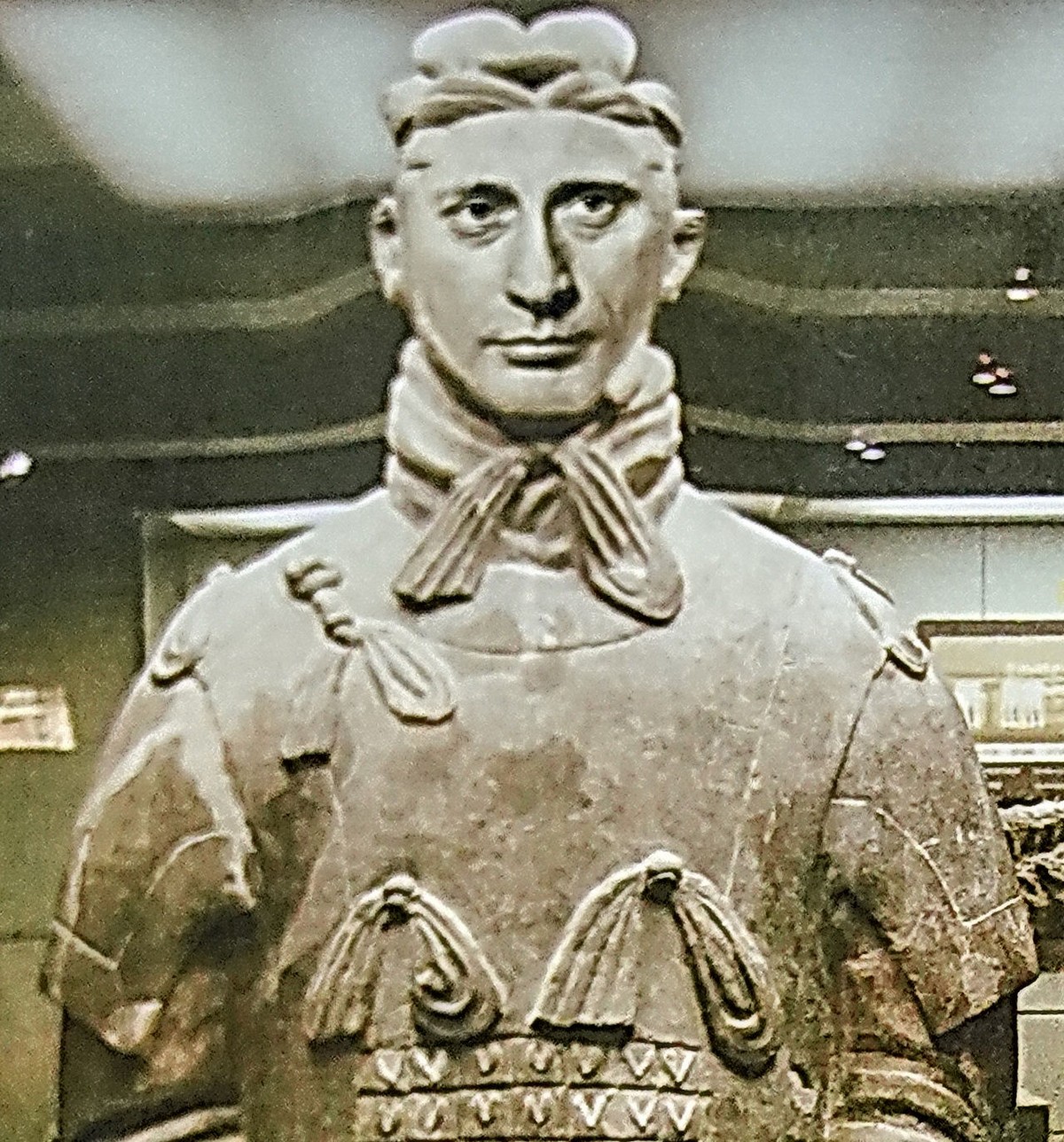November 3, 2017
Old Model Army.
Nihao folks!
Onwards we fly on our China-2017 tour… Next stop: the city of Xi’an – pronounced Si-an – meaning ‘western peace’.
It was a nice day, which is just as well, as there’s plenty to do and see in and near the city. Our itinerary went so: city walls and the old town; ancient pagodas; and (not far from the city) Mount Hua – one of the Sacred Mountains of China. Anyway, more on those later. For now, the Terracotta Army, no less!
You may have heard of this UNESCO World Heritage Site of funerary art; yes, it is quite famous. But the unexpectedly fine detail and massive scale of the mausoleum are only really grasped when you see it in the flesh. A truly grandiose historical site.
Here’s a brief history of the place:
The history of China is truly a very long one – going as far back as four or five thousand years. Not many countries (that are still going strong today) can boast such long histories… I think only Israel and Armenia are have similarly long ones. Or are there more? Anyway, China’s lengthy history is full of all sorts of interesting events and people, but Emperor Qin Shi Huang is one of the most prominent figures out of all of them. A glance at Wikipedia tells me that he ruled from 259 to 210 BC (2250 years ago) and conquered all the neighboring Warring States to unify the whole of China into a single state. He combined all the different state walls into a single, much longer wall (the one we all know today as the Great Wall of China), he oversaw the construction of a mega-long canal to Guilin, and it was Qin Shi Huang who had the Terracotta Army installed to guard his city-sized mausoleum.
Here’s the monument to this formidably irrepressible emperor at the entrance to the Terracotta Army site:
Different sources on the internet give different figures, but the story goes something like this:
The emperor started his mausoleum project almost straight after taking the throne. It was a monumentally massive building site where for some 38 years (just think!) some 700,000 workers (just think!) toiled away (whether it was 700,000 all at the same time or in total over the full 38 years isn’t clear; also – one source states that ‘criminals’ made up some of the workforce, so it looks like it predated the Gulag system by more than two millennia!).
What those titanic efforts eventually created was a huge burial mound in which it is assumed that the emperor himself is buried, together with the thousands of ceramic – terracotta – real-size (sometimes bigger) figures of warriors: 8000 have been discovered; there could be thousands more. It’s also possible that there’s more than a tomb and an army in there. There could be many other kinds of figures and many other kinds of items down there. Some surviving written sources from back then mention that there’s also lots of gold and diamonds and other treasures, plus a variety of useful items that help daily ‘life’ beyond the grave; in short – the emperor had all he needed for an eternal afterlife :).
The burial site is enormous; here’s the scale model:
Here‘s a satellite pic. The mausoleum is 30km from the center of Xi-an.
Btw, from the air you can see the pyramidal form of the burial mound… and also how the territory is these days dotted with rather a lot of little houses, barns and huts of varying (not so high) caliber.
Ok, back to all the terracotta soldiers: why are they there?…
Again, different sources on the net give different versions, but I prefer the one as told us by the locals here. According to them, as per local tradition, after the death of an emperor a 4000-strong – live! – army needed to be buried with him, made up of regular soldiers, officers and even generals. However, when it came Emperor Qin Shi Huang, in order to avoid an inevitable revolt (remember – the emperor died not long after he’d unified the Warring States, so there must have been rather a lot of grumbling-in-private generals – who had plenty of clout at the time – and who would hardly be pleased to hear that their next orders were for mass ritual suicide), that idea was quickly shelved. But what to do? A happy compromise was found: instead of 4000 live soldiers, 8000 terracotta ones would be buried with the deceased emperor. That’s these here:
So, once this humane approach was officially approved, the work began with gusto. They hollowed out a hill and made out of it a pyramid with an underground mausoleum, sculpted and painted the terracotta figures, dug a hollow in the ground and loaded all the figures in there. I describe that as if it happened in weeks. No, the whole process took 38 years!
Upon his death, the emperor was lowered into a secret location within the massive burial chamber, along 3500 (death)bedfellows (3500 was the figure given by the guides; the internet prefers ~4000). A further 10,000 workers were buried too – some, apparently, alive! This was necessary so as to keep secret the details of the burial. Tough times to live in – if you were a laborer. Imagine the unfair dismissal death claims you’d get these days? :)
// This got me thinking. I wonder – in a few thousand years will today’s mores be looked upon in horror as we view those of yester-millennia? For example the lack of women’s right to vote? (Btw – did you know that not all women in Switzerland were able to vote as late as in 1991?! Well now you know.)
So that was that, everyone was buried – including all witnesses – and all was forgotten, as intended, until 1974 when a local farm laborer and his neighbors started to dig a water well and dug up some pottery fragments. A short while later excavations began once the significance of the find had been realized. Here’s the site of the well in Hall No. 1:
They uncovered the soldiers, but the emperor himself is literally off limits: First – no digging into his crypt is permitted, by government order. Second – according to legend, if the emperor were to be dug up that would amount to a breaking up of the Chinese state (after the emperor did so well in bringing it together in the first place all those thousands of years ago). Third – legend also states that the emperor is protected by installed crossbows that would fire on the diggers, and also by a moat of lethal mercury. Fourth – legend again: archeologist diggers have in the past disappeared without trace after approaching the emperor. In short: four reasons why the emperor really is untouchable.
Here’s the hill inside of which sits the mausoleum. The authorities decided to plant trees on top. I wonder if that’s to deter would-be archeologists.
So, did you like my preamble? Then let’s go walk around the exposition. I’ll try keep the words to a minimum, photos to the maximum.
We enter and… Oh my gigantic!
Only three excavation sites are open this year. First let’s have a look at Pit No. 1:
What a size, eh? I too was surprised. For the curious, here are some details:
All these figures initially stood in underground tunnels. They were excavated in tranches. The tunnels – or corridors – had tiled floors, decorated walls and wooden ceilings. Inside them stood all the terracotta warriors. The wooden ceilings were reinforced with matting and then covered with earth several meters deep. The warriors stood to attention in the dark for centuries. Then over the centuries the ceilings started to fall in, the walls started to crumble, and eventually everything caved in and blocked up all the corridors with earth.
By far not all the soldiers have been excavated. Archeologists continue their careful digging, but it seemed to me not everywhere by a long margin. Some plots appear to be simply preserved, maybe for the digging to be begun later. That’s probably the right approach: show part of the whole to today’s tourists, leave the greater part for those of future generations. They’ll be better-equipped diggers then, and may have shed some of the moral inhibitions that today’s archeologists are constrained by: I’m sure they’ll refer to our epoch as the ‘superstitions conservative digging era’ :).
Check out these photos. Some sections have been nearly completely dug up; others – clearly the work’s ongoing; others still – they haven’t started yet, after having dug down only so far as the collapsed – clearly visible – ceilings.
Here under this sagging roof stand hidden soldiers still in the dark:
Slightly smaller in size, but this, they say, is the headquarters – Pit No. 2.
Surprise, surprise: nothing but Chinese. Learn the lingo – it’ll come in handy here. Or make sure you’re with someone fluent in Chinese and a language you speak :).
‘Diagram of Pit No. 2?’ That helps :).
Woah – is it just me who sees the resemblance?…
Ah, no – it is him. Turns out you can superimpose any face onto a terracotta soldier.
Now about Chinese quality…
In the museum next door you can get up close to fully restored terracotta warriors. The attention to detail on each is truly amazing. And it’s the same on every figure – each of the 8000!
Our guides told us how in fact many parts of each terracotta aren’t originals, but modern-day manufactured bits. These are necessary to be able to make up complete figures with no missing parts (as some of the originals may have perished or been irretrievably damaged). These parts are standardized so can fit each figure. A bit like how we make software! Component-based architecture!
Once all the components are in place on a figure a designer gets to work on the customization of each and every one so as to make each unique. Every face: different. Some parts are standardized (like legs), but the facial features – as unique as faces are in real life. The best specimens are surrounded by glass casings:
Ok, now for the dessert…
All the figures in the underground corridors were painted. Alas, none of the paint survived down the (2000) years. Alas indeed. If the detail of the sculpting is anything to go by, I can imagine how OMG the quality of the artwork finishing was. But imagine is all I can do. The only seeing of how they were painted is of these few remnants of the paintwork:
… and also a few replicas:
So there you have it folks. A whole army sealed inside a catacomb for thousands of years to protect the First Qin Emperor in his tomb. Understandably a UN World Heritage Site. Understandably in my Top-100: China list (kind of… – it was a bonus track; there’s so much unbelievably super heritage in China it’s real tough making the grade).
If only there were more farm laborers digging new wells :).
That’s all for today folks. But I’ll be back with more from the China-must-see side, tomorrow.
PS: In closing, this is worth a read – for sure.










